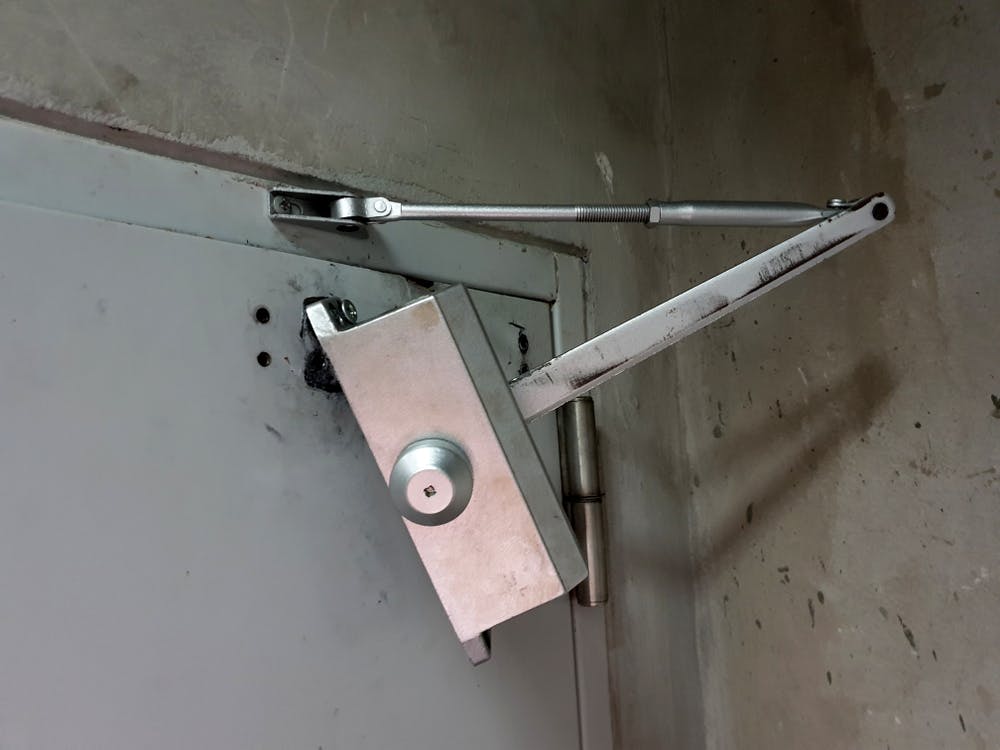What is changing?
These changes involve those known as “Responsible Persons” carrying out checks on Fire Doors in all multiple-occupancy residential buildings over 11 meters in height. A Responsible Person refers to someone who has either full or partial control of either all or some areas of a premises.
Under these new regulations, responsible persons are legally required to:
· Carry out quarterly checks on all Fire Doors and any self-closing devices in common areas
· Carry out annual checks on all flat entrance doors and self-closing devices that connect to common areas
· Provide residents with two or more sets of information regarding Fire Doors in domestic premises and their importance when it comes to the safety of residents both when they first move in to the building, then on an annual basis – this includes keeping Fire Doors closed, not tampering with Fire Doors or Door Closers and the importance of raising any issues immediately

It is important to note that the annual checks carried out on flat entrance doors are on a best endeavour basis. “Best endeavour basis” is defined as the Responsible Persons taking all reasonable steps and actions to gain access to properties to carry out these checks, this could include agreeing on dates and times to carry out these checks with residents for example. If contact with residents cannot be achieved to arrange these inspections, all evidence of attempted contact made by the responsible persons should be recorded.
All residents of multiple-occupancy residential buildings are encouraged to allow these responsible persons to gain access to their property to carry out these checks for their own protection and safety.
What is involved in these checks?
While more significant issues with fire doors must be assessed and repaired by those that are qualified to do so, the initial checks carried out by the responsible persons are required to identify these issues initially.
The minimum requirements for these checks include:
- Checking for any visible damage to the door, door frame or door closer in all aspects, both deliberate damage and wear and tear
- Checking for any damage or alterations made to glazing apertures or air transfer grilles
- Checking for gaps around the door frame: The regulations require that the gaps around fire doors must be between 2 and 4mm around the perimeter and 8mm at the bottom of fire doors (3mm for fire and smoke doors).
- Checking that seals and hinges are correctly installed
- Checking that the door closer is functioning correctly in shutting the door
- Checking that the door closes correctly around the entire door frame
Fire Doors are a vital part of the fire safety protocols in many commercial and domestic buildings to ensure both the safety of occupants, firefighters, the property inside, and limiting any structural damage caused by a fire is as much as possible. Whether you’re looking to fireproof a smaller building, or are taking on a bigger project to become compliant with these new regulations, you can find product recommendations and more information around compliance on our dedicated page.
Mini Excavator Auger Attachment
A mini excavator auger attachment is a compact and versatile tool designed to be used with mini excavators. It is specifically designed for drilling holes in the ground for various applications, such as fence post installation, tree planting, or foundation work. The auger attachment utilizes the hydraulic power of the mini excavator to rotate a helical drill bit, allowing for efficient and precise hole digging. With its compact size and easy installation, the mini excavator auger attachment provides enhanced productivity and convenience for small-scale excavation projects.